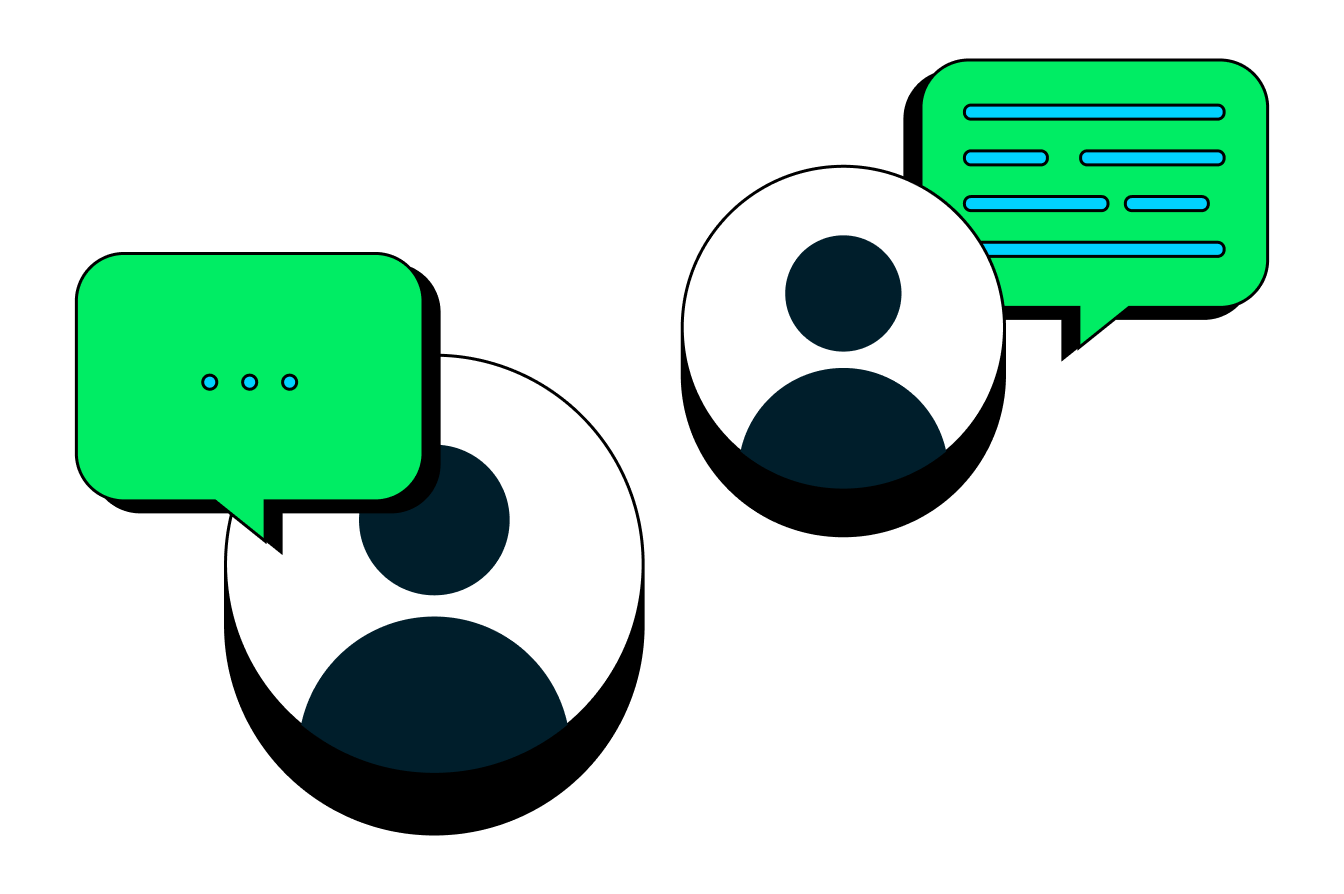Professional Services
Relational Migration Methodology
Drive a successful migration from legacy relational technologies to MongoDB with the help of our experts and our proven methodology.
Contact Us
Migrate successfully with Professional Services
Assess your apps and build a plan
Your migration is only as successful as your plan. Our Transformation Consulting team unpacks your legacy systems, business processes, and data domains to figure out which apps to migrate first, and builds a migration roadmap your team can be confident in.

Migration Services
Access the deepest bench of MongoDB migration experts to help you at any stage of your journey.
OUR MIGRATION PARTNERS









Let’s build your migration plan
Connect with our Professional Services team to learn more about how we can make your migration a success.


